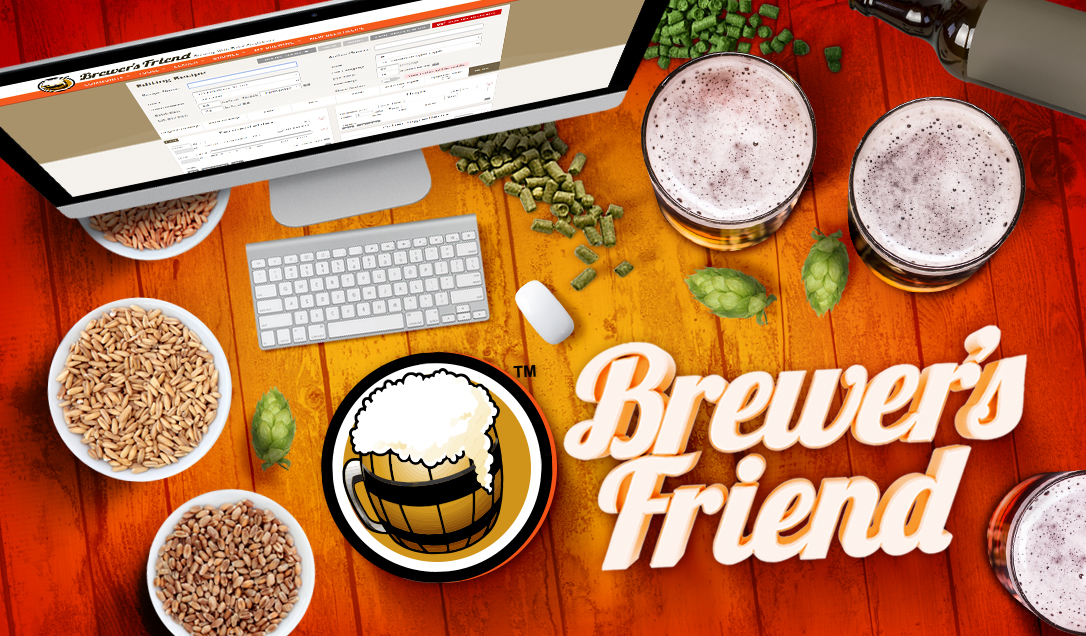silas_clark
New Forum Member
- Joined
- Dec 28, 2023
- Messages
- 3
- Reaction score
- 0
Hi All, this is my first post to any forum regarding home brewing! I've brewed about 10 5-gallon batches in the last three years. 10 days ago I brewed a Belgian dark tripel with an original gravity of 1.087, measured with a hydrometer from Northern Brewer. When ordering the batch, I mistakenly ordered only one packet of Wyeast 1388, but luckily I had an extra packet of SafAle BE-256 Belgian Dry Yeast, so I added that in combination with the Wyeast.
I racked the brew a little early (10 days) to a secondary carboy so I could use the 6-gallon primary for another brew. I measured the gravity and it came high at 1.040. But this time I measured the gravity with refractometer, the first time I used it, after I zeroed the refractometer with water.
With my new brew, a Scottish winter warmer, I measured the original gravity with both the hydrometer and the refractometer. The hydrometer measured 1.061 and the refractometer measured 1.068, a big discrepancy!
The advice I'm looking for is two things, 1. what should I trust, the hydrometer or the refractometer? 2. Is the gravity of the tripel too high and should I add more yeast to the secondary, or is it still early and should I be patient?
I racked the brew a little early (10 days) to a secondary carboy so I could use the 6-gallon primary for another brew. I measured the gravity and it came high at 1.040. But this time I measured the gravity with refractometer, the first time I used it, after I zeroed the refractometer with water.
With my new brew, a Scottish winter warmer, I measured the original gravity with both the hydrometer and the refractometer. The hydrometer measured 1.061 and the refractometer measured 1.068, a big discrepancy!
The advice I'm looking for is two things, 1. what should I trust, the hydrometer or the refractometer? 2. Is the gravity of the tripel too high and should I add more yeast to the secondary, or is it still early and should I be patient?

